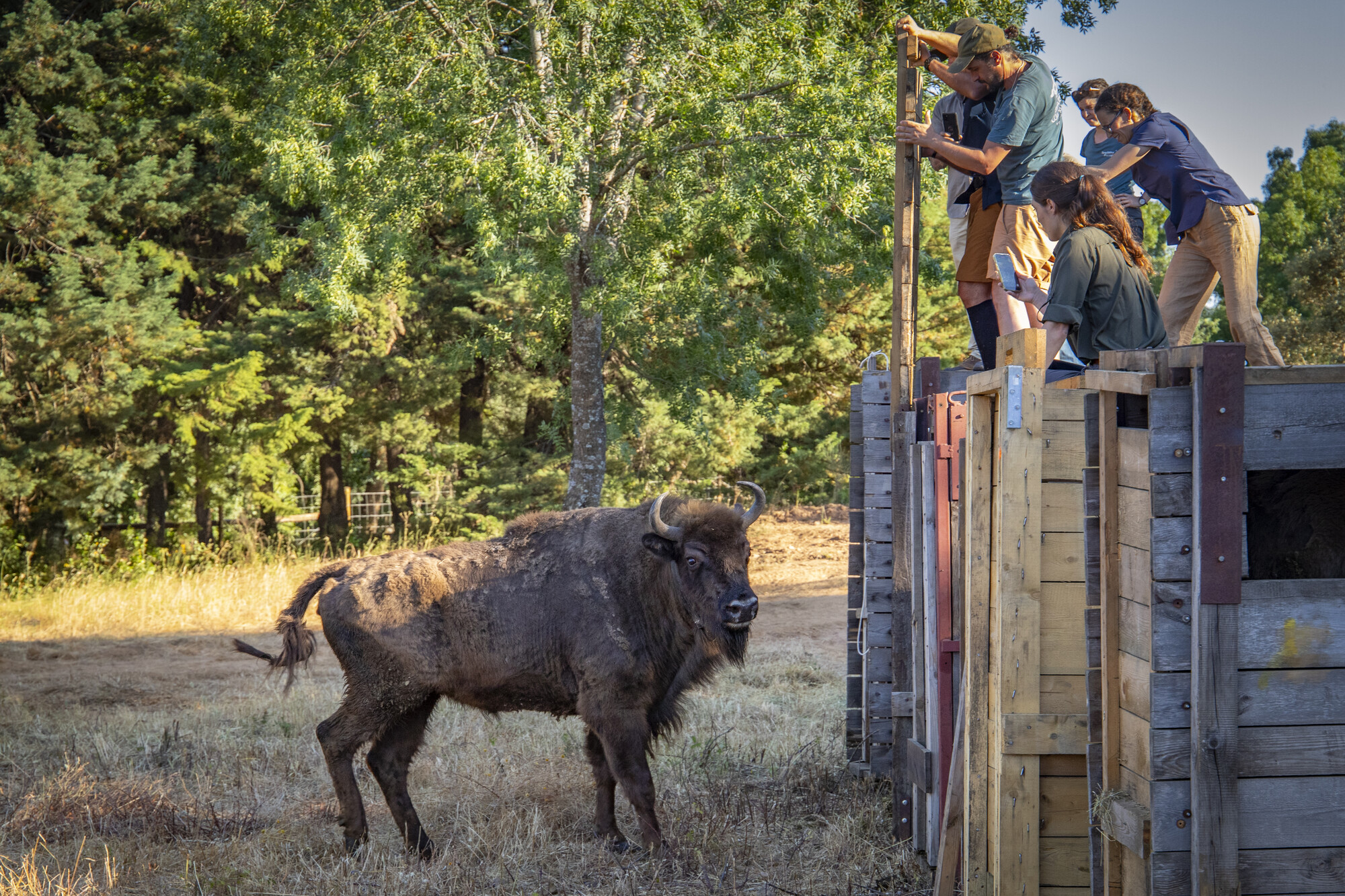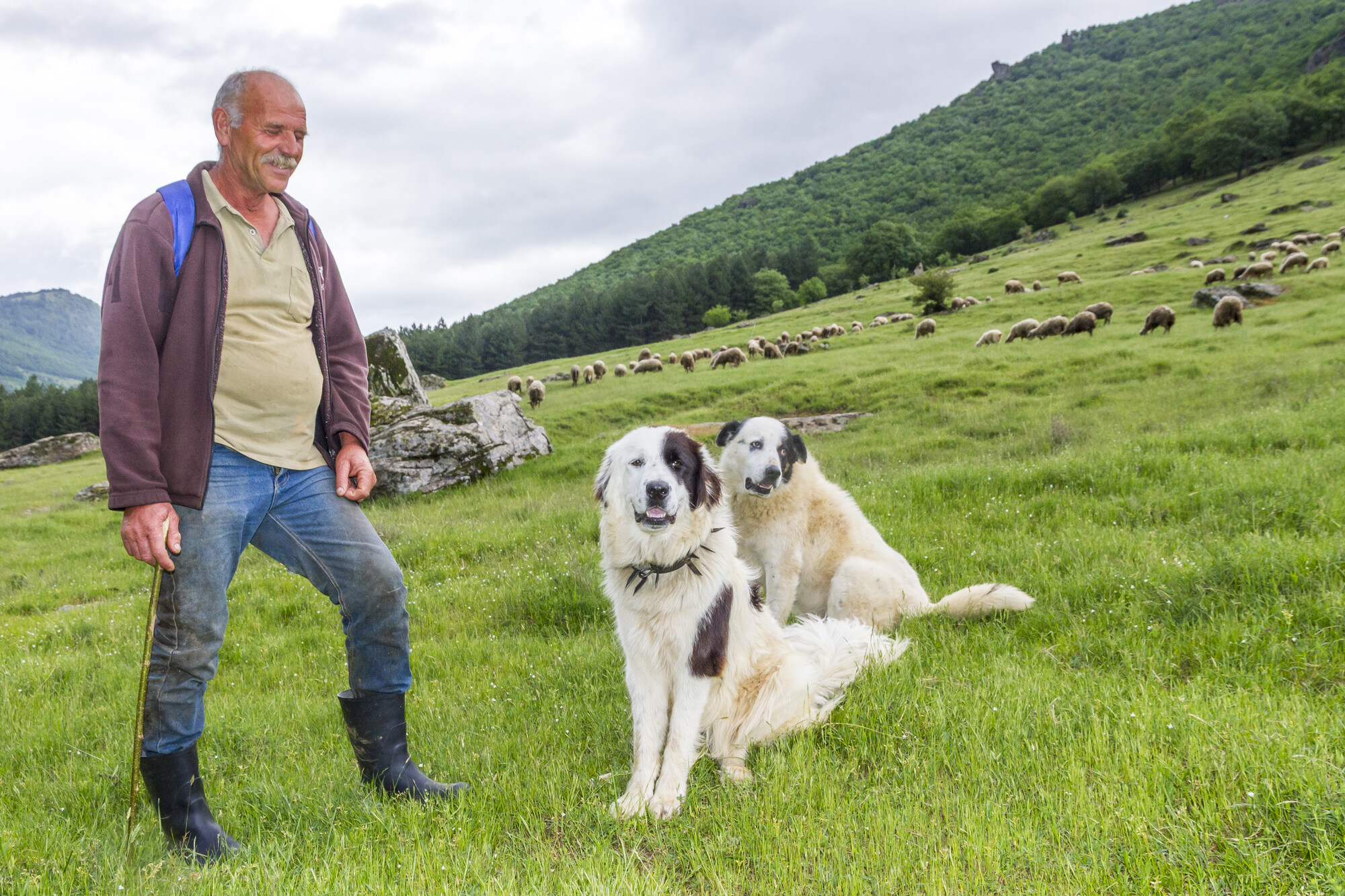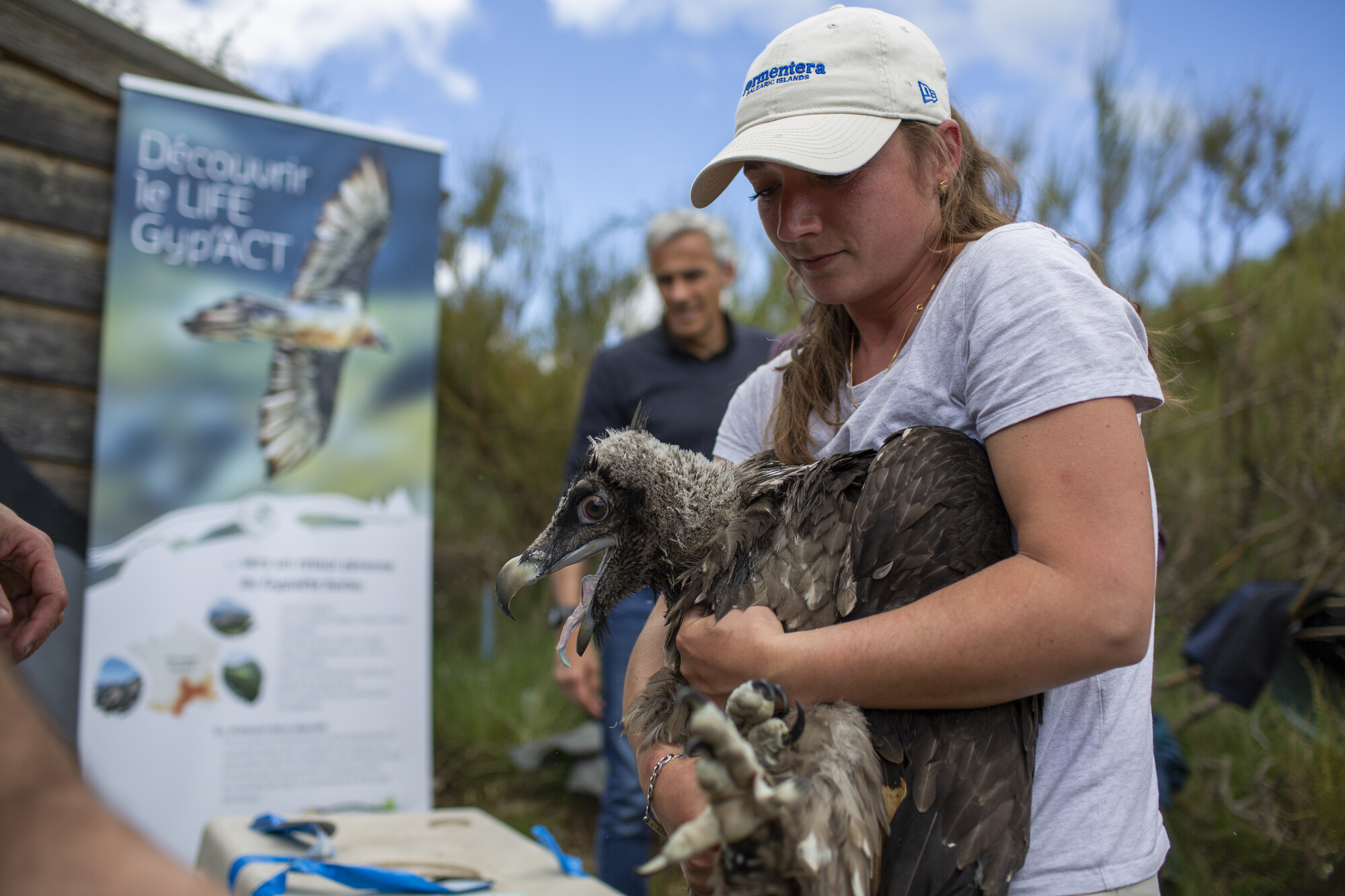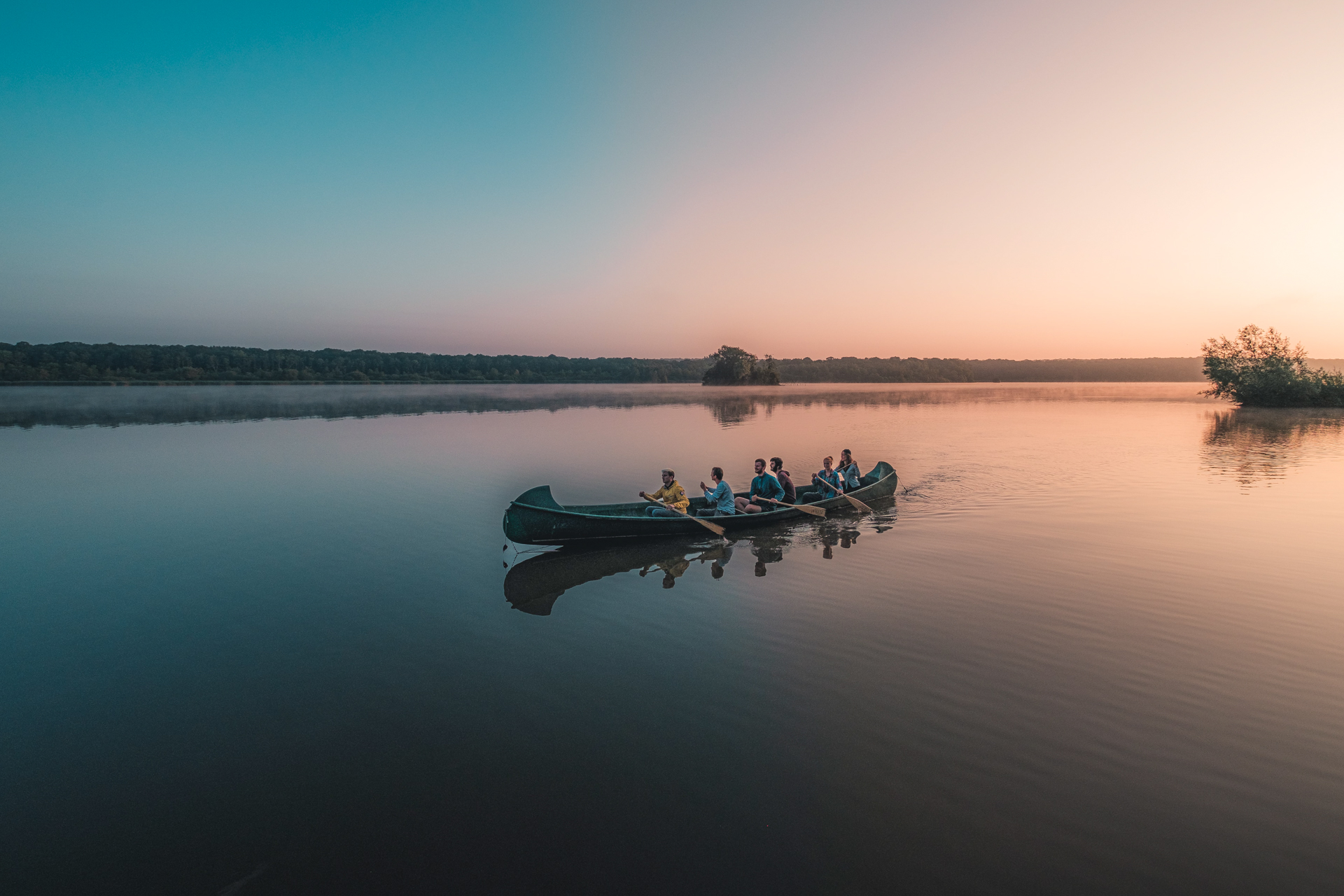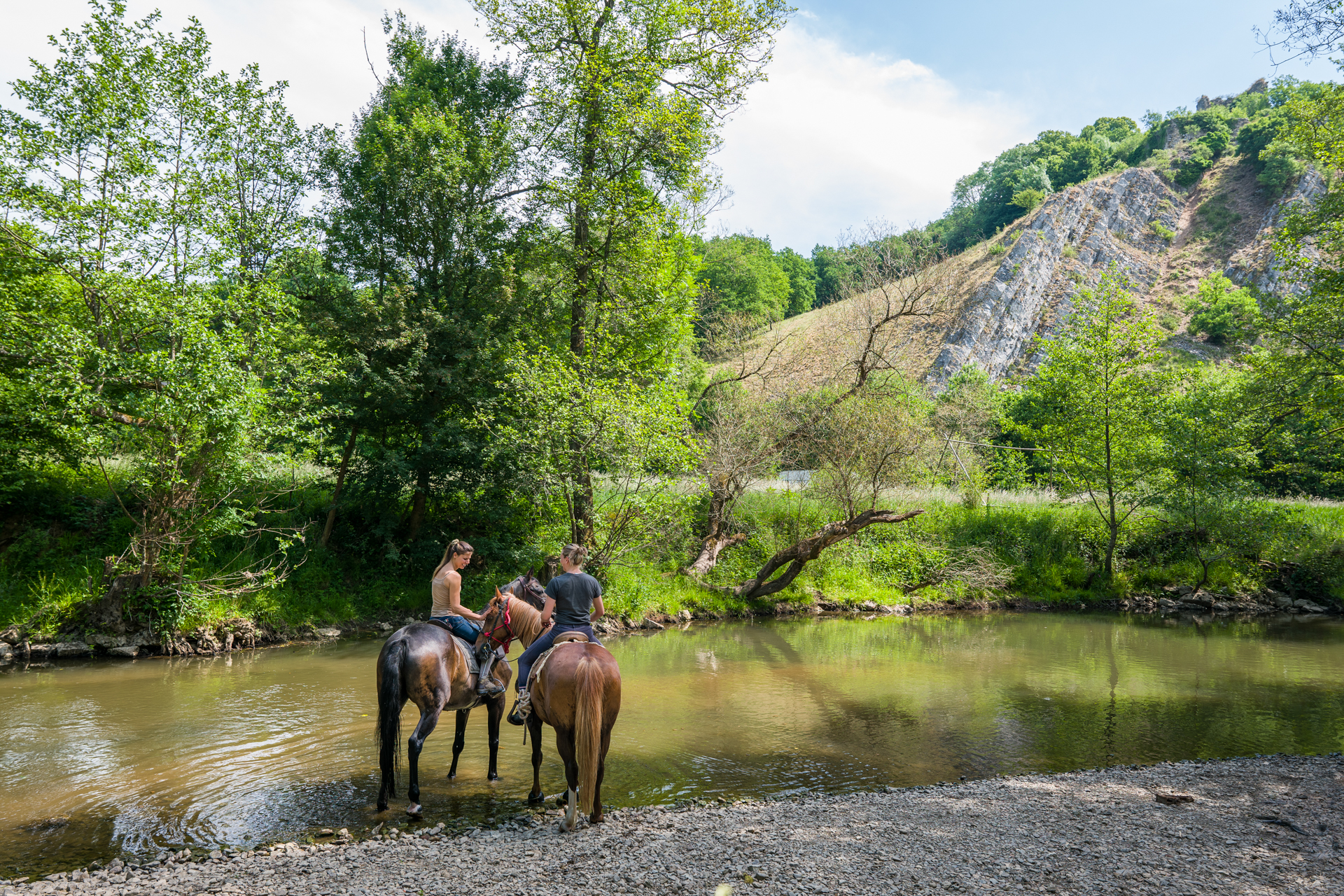Europe’s protected areas have long played a vital role protecting wildlife and habitats. Building on this legacy, the Wilder Parks initiative will harness the power of rewilding to take this work a step further — giving natural processes more space and freedom to restore ecosystems and amplifying the benefits they provide for nature, climate, and people.

Unlocking the potential of rewilding
Officially launched on Tuesday in Belgium’s Entre-Sambre-et-Meuse National Park, the Wilder Parks initiative marks the start of an exciting and ambitious new chapter for European nature. In partnership with Rewilding Europe, it will see leading protected areas across the continent unite to demonstrate the transformative power of rewilding, with dynamic natural processes such as natural grazing and the free flow of water given more space and freedom to accelerate nature recovery.
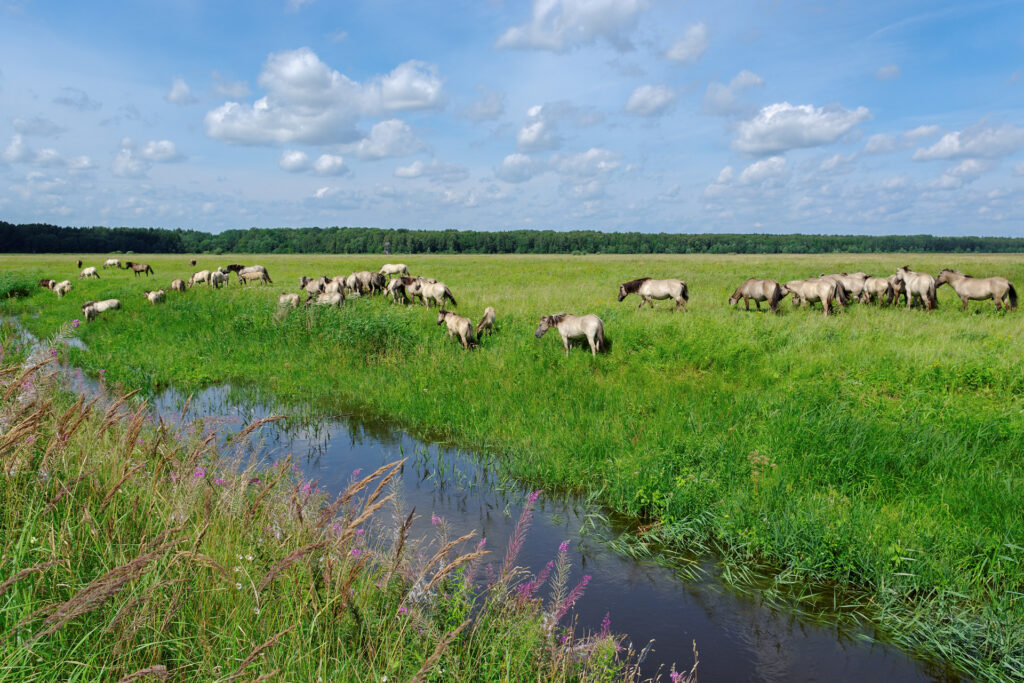
These protected areas — the Wilder Parks — will serve as showcases, inspiring other protected areas to follow their lead in carrying out rewilding. By driving systemic change in the way Europe’s vast protected area network is managed, this will see rewilding unlock the huge potential of the network to deliver benefits to European citizens and nature — helping them both thrive together on an unprecedented scale.
“There is a huge opportunity to restore nature across Europe by scaling up rewilding in protected areas,” says Frans Schepers, Executive Director of Rewilding Europe. “By working together, Rewilding Europe and the first Wilder Parks can achieve great things. Our joint efforts will not only help nature lead its own recovery within these carefully selected parks, but also inspire other areas to join us and embrace this approach.”
“There is a huge opportunity to restore nature across Europe by scaling up rewilding in protected areas.”
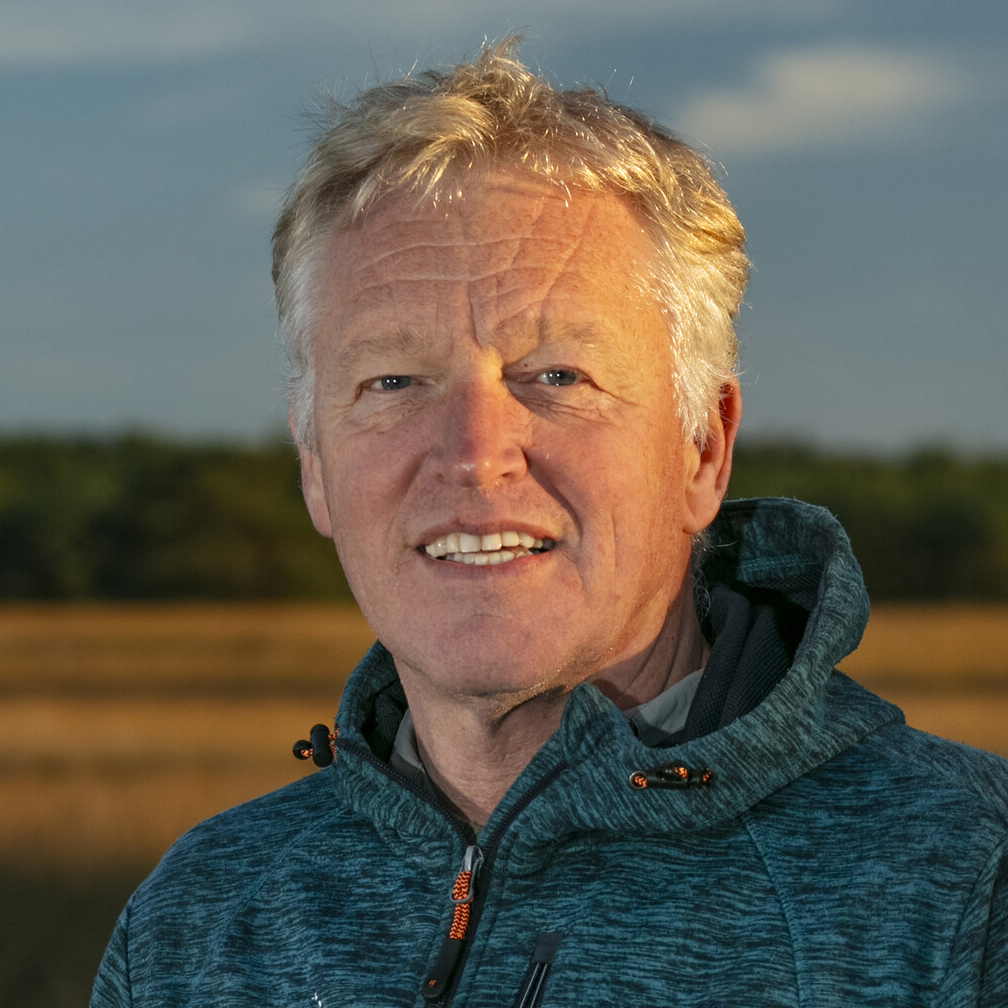
Frans Schepers
Executive Director of Rewilding Europe
Pioneering showcases
Despite their critical importance, many European protected areas have been impacted by the long-term ecological degradation that has taken place in Europe on a continental scale. This means that many are still missing vital elements of wild nature and natural processes, such as natural grazing, flooding, and the complex food webs that characterise healthy ecosystems.
Today, 10 protected areas across Europe — from Ireland in the west to Georgia in the east — have been announced as the first Wilder Parks. Each of these iconic and very different parks — which fall into a range of different IUCN protected area categories (from I to IV) — is already taking a pioneering approach to nature recovery.
Through to 2030, Rewilding Europe will work with these frontrunners to support and scale up rewilding across nearly 790,000 hectares of land and sea. Rewilding principles will inform management practices across all sites, with each Wilder Park developing a tailor-made action plan suited to its unique landscapes and local contexts.

Towards wilder parks
Specific measures in Wilder Parks will encompass everything from rewilding forests, rivers, and grasslands, to the population enhancement and reintroduction of keystone species, efforts to promote human-wildlife co-existence, and the development of nature-based tourism. Enhancing natural processes such as the free flow of water, scavenging, and natural grazing will give nature in each park the capacity to heal and manage itself, while nature recovery will deliver a wide range of socio-economic benefits to local communities.
“The Entre-Sambre-et-Meuse National Park is dedicated to restoring nature in order to rebuild functional, resilient ecosystems and amplify the wide range of benefits that nature delivers to people,” says Johanna Breyne, the park’s director. “Embedding rewilding principles in the way we work is an essential part of this journey. Our collaboration with Rewilding Europe will help us to strengthen international partnerships, scale up our own restoration efforts, and hopefully inspire other parks to follow in our footsteps.”
Building momentum
The scope and beneficial impact of the Wilder Parks initiative will increase over time. Building on the successes of the initial cohort of 10 pioneer parks, additional protected areas will join the initiative in 2027.
At the same time, Rewilding Europe will support policy change, national planning, and professional education, so that rewilding can be systematically integrated into protected area management. By fostering this paradigm shift, in collaboration with strategic partners such as the EUROPARC Federation, the Wilder Parks initiative will amplify efforts to rewild nature across the continent.
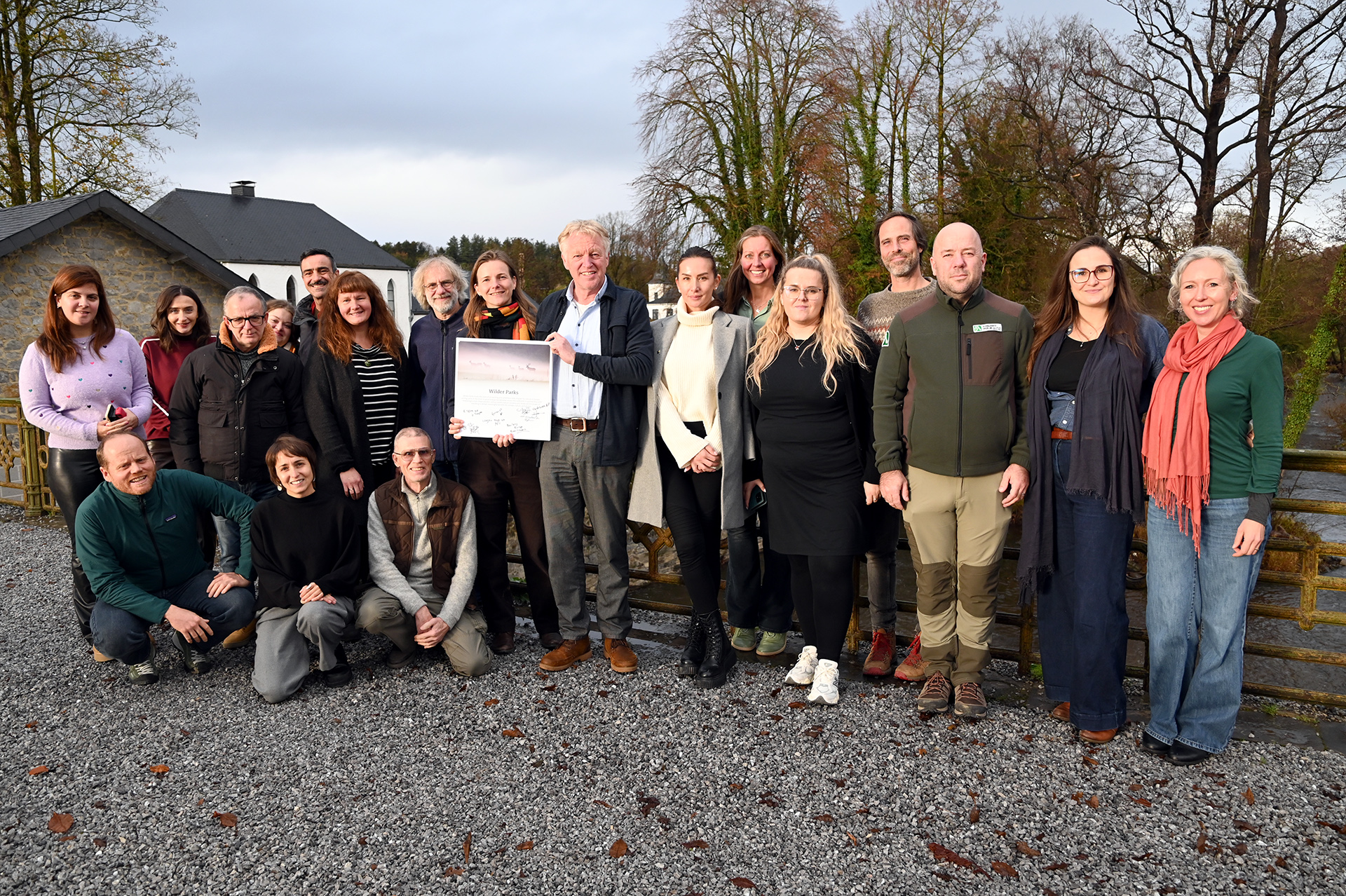
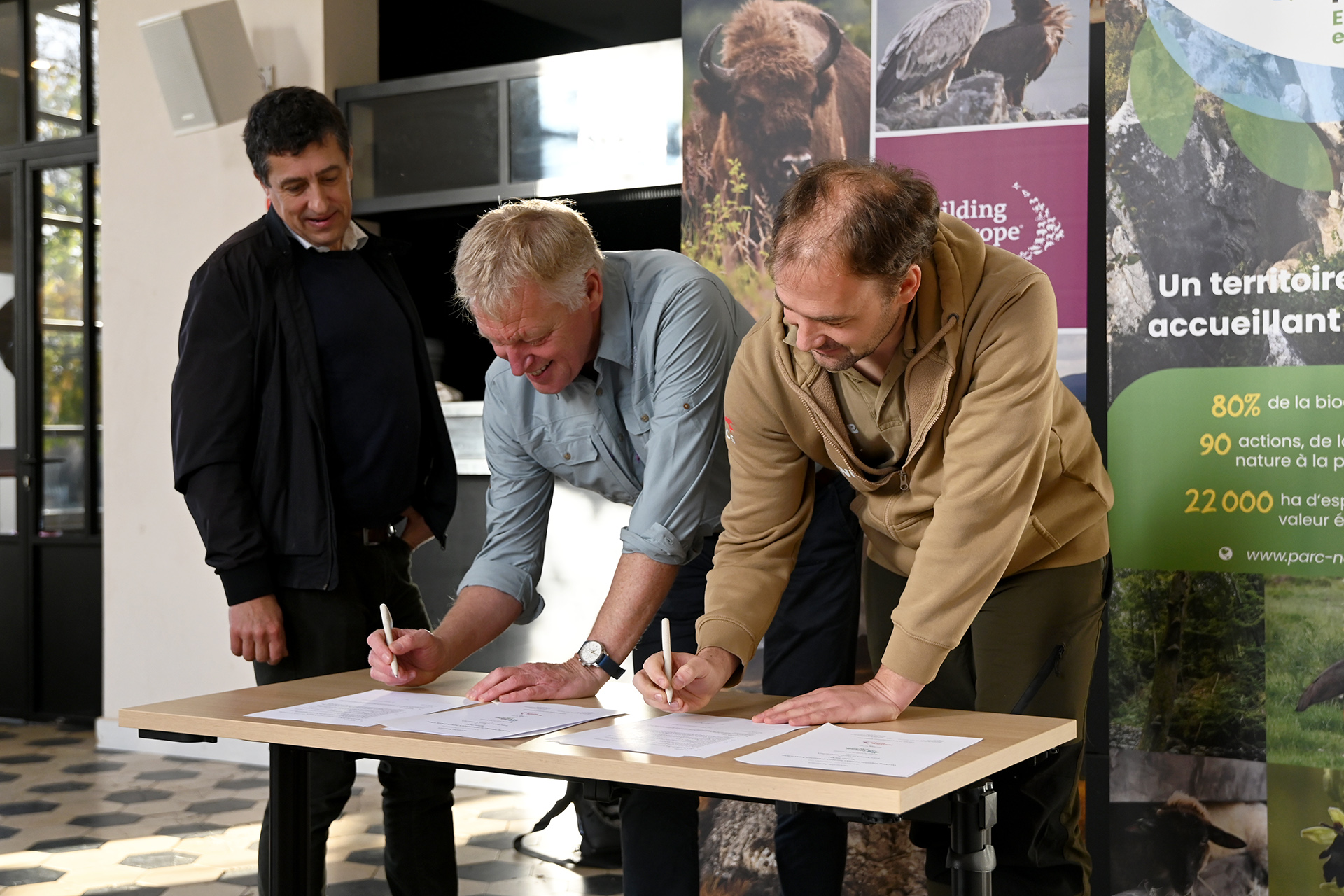
Seizing a game-changing opportunity
Protected areas are the backbone of European nature conservation. In the EU alone, there are around 62 million hectares of protected areas (over 29,000 sites), which provide huge benefits to people and nature. Across the whole of Europe, and including the protected areas of the Emerald Network, the number of sites exceeds 120,000 — more than any other region in the world.
While a growing number of parks in Europe are already carrying out rewilding measures, there is huge potential to restore nature in protected areas right across the EU. Seizing this opportunity will help address our biodiversity and climate crises, help build a society where people and nature flourish alongside each other, and help EU Member States meet the legal obligations of the Nature Restoration Law.
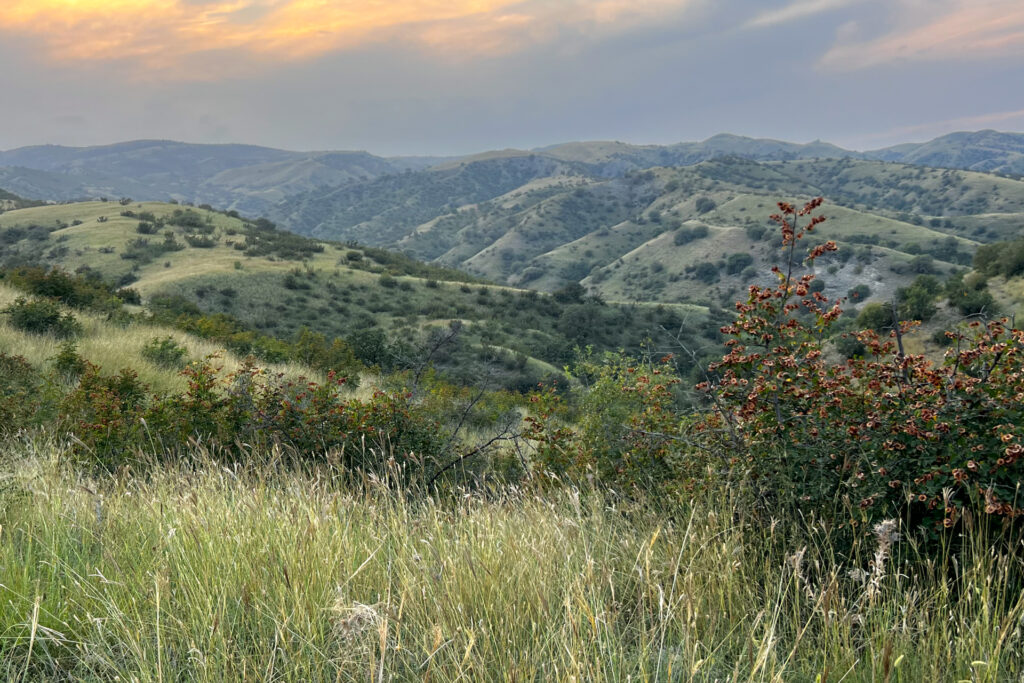
We need your support
Rewilding Europe is looking for more financial partners and donors to make Wilder Parks a success. If you’re interested in helping us unlocking the huge rewilding potential of Europe’s network of protected areas, or would like further information, please contact Rewilding Europe’s Head of Philanthropy, Leonard Sprik.
The Wilder Parks initiative is currently supported by the ForestPeace Foundation, Arcadia, and the Dutch Postcode Lottery.
